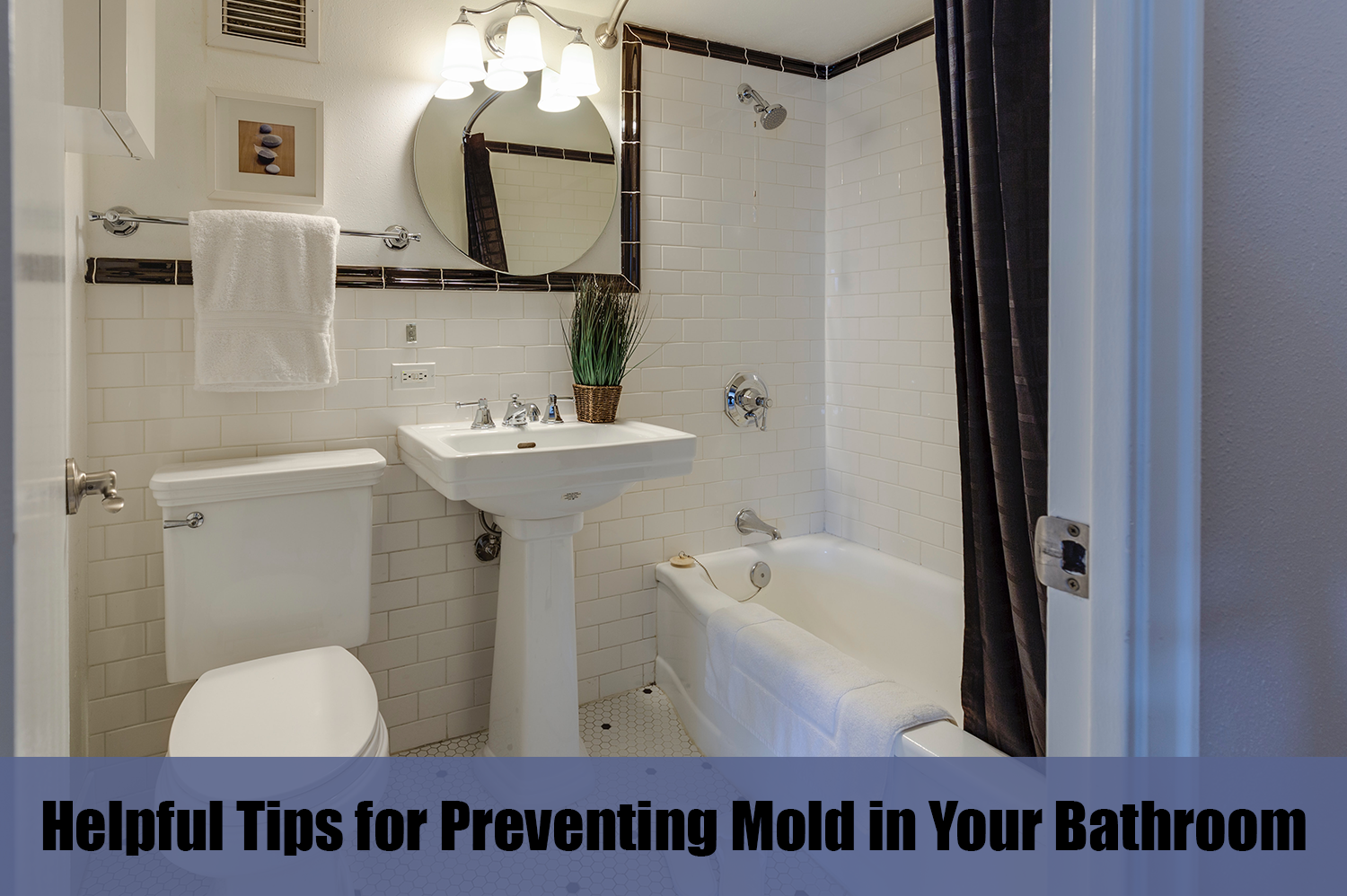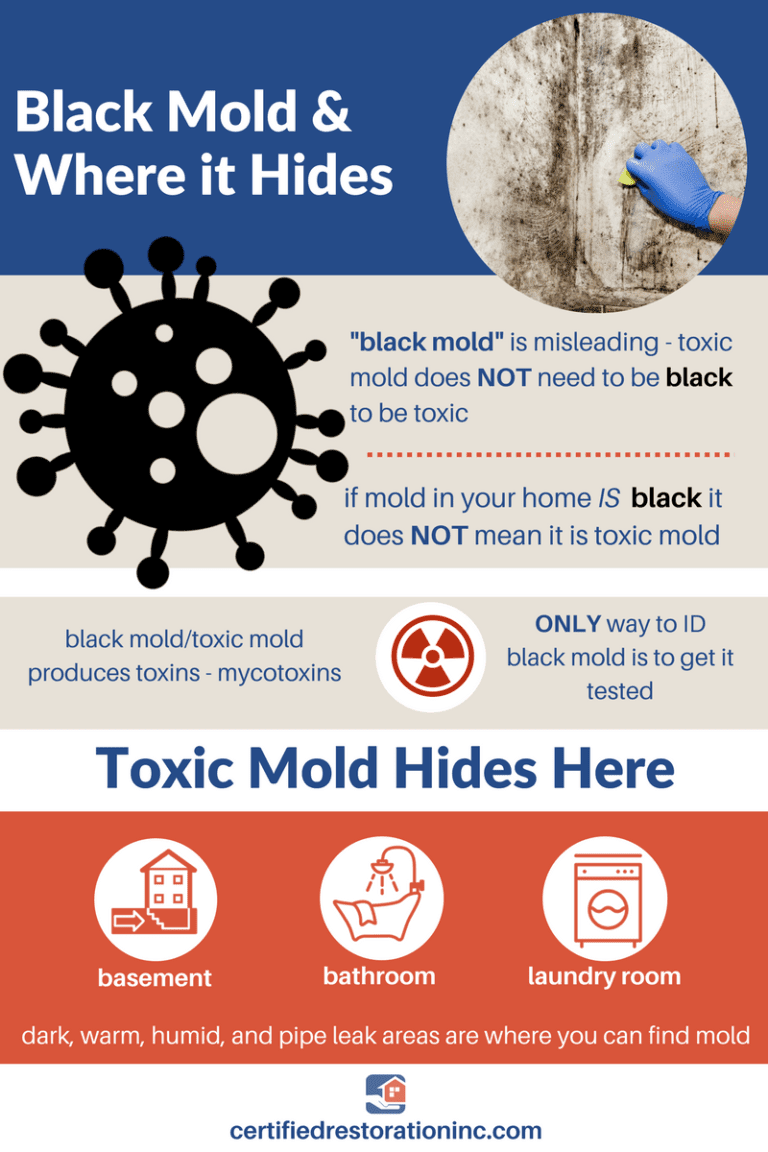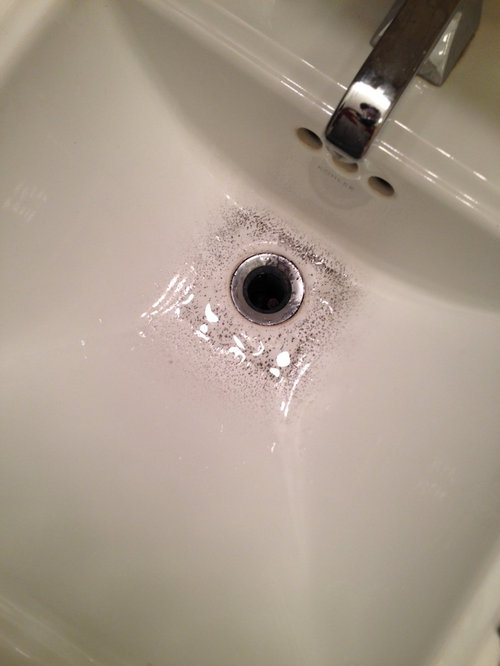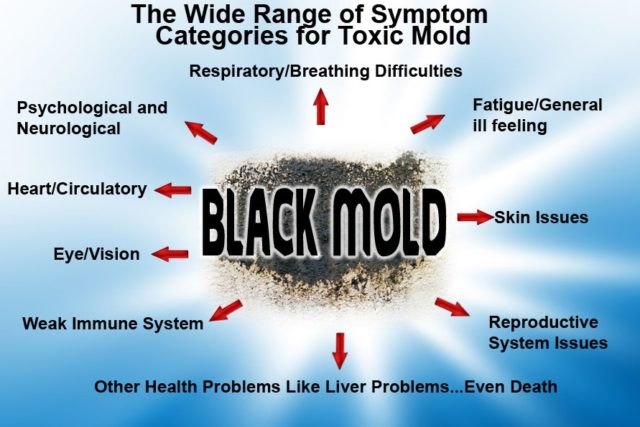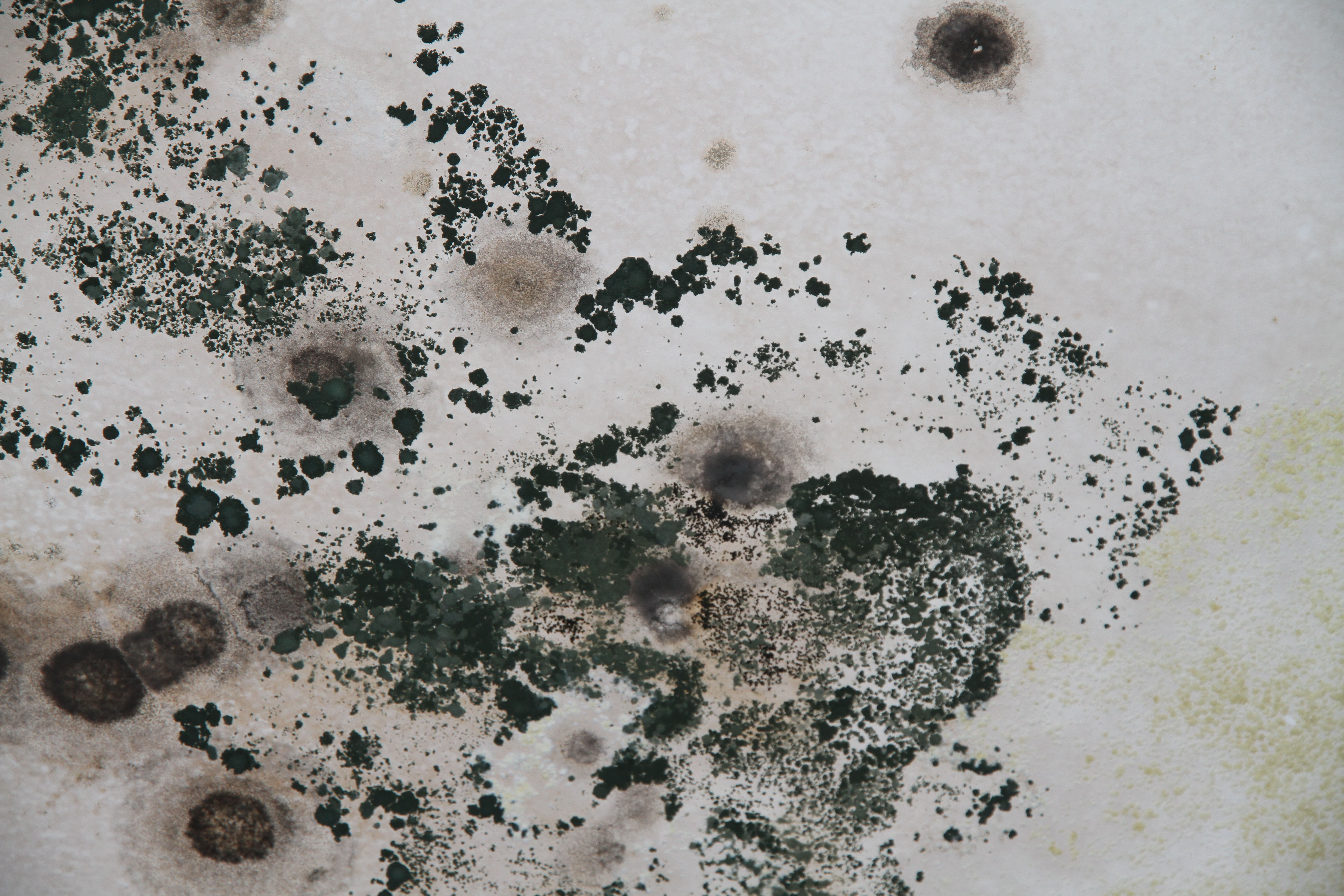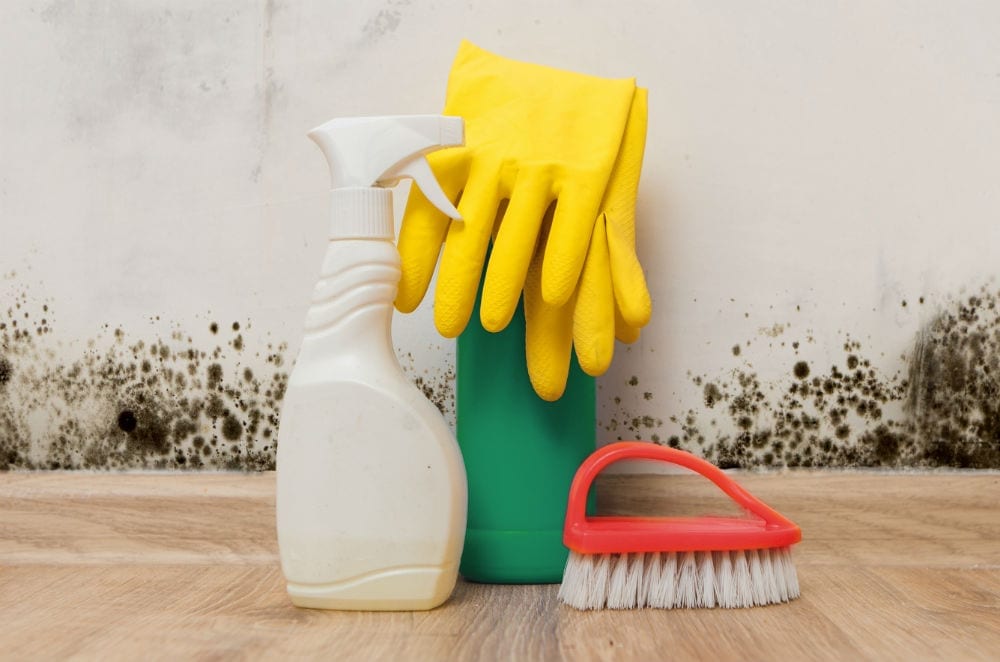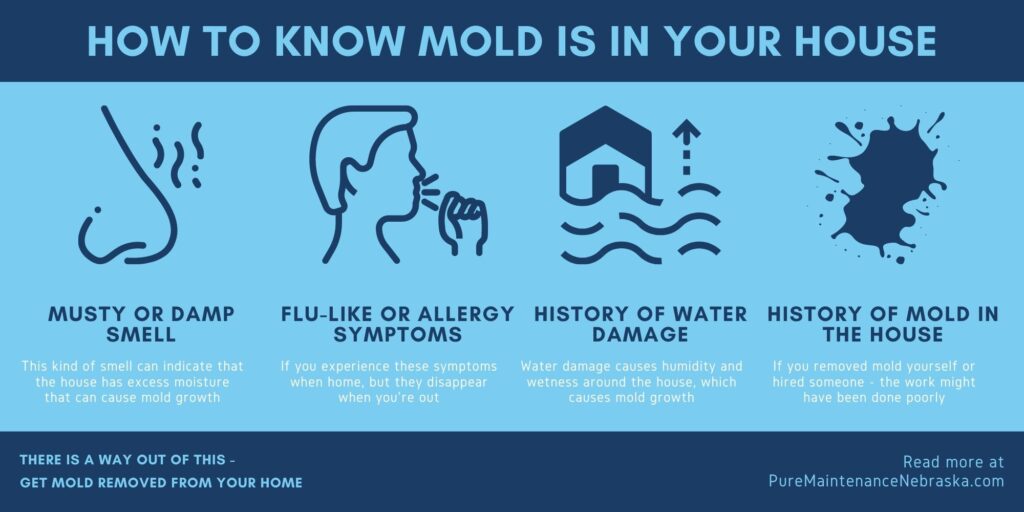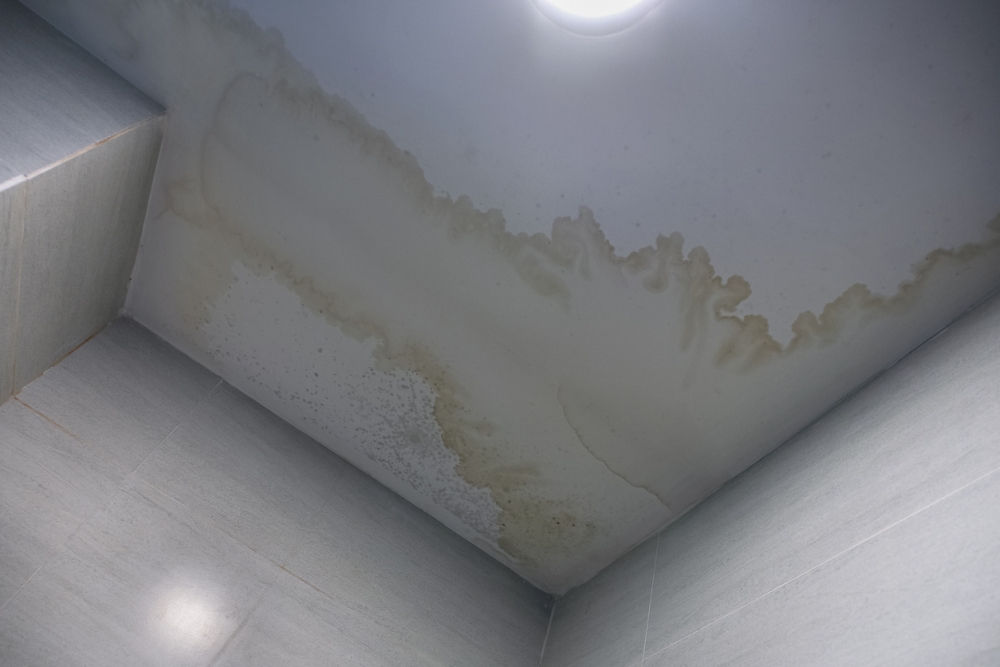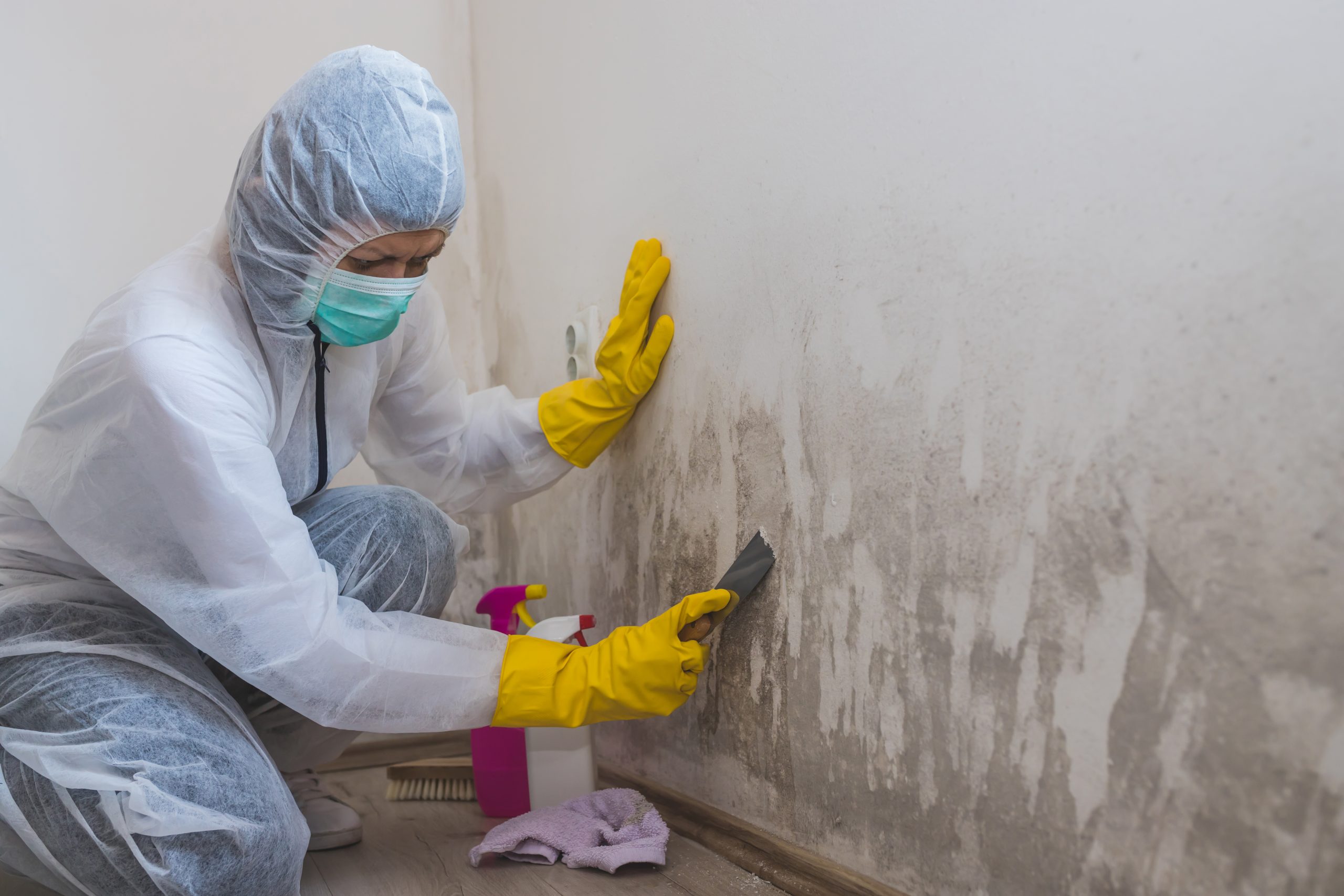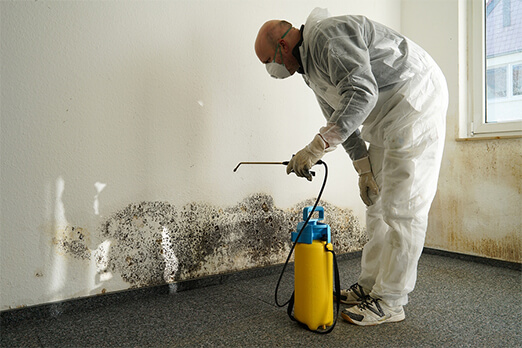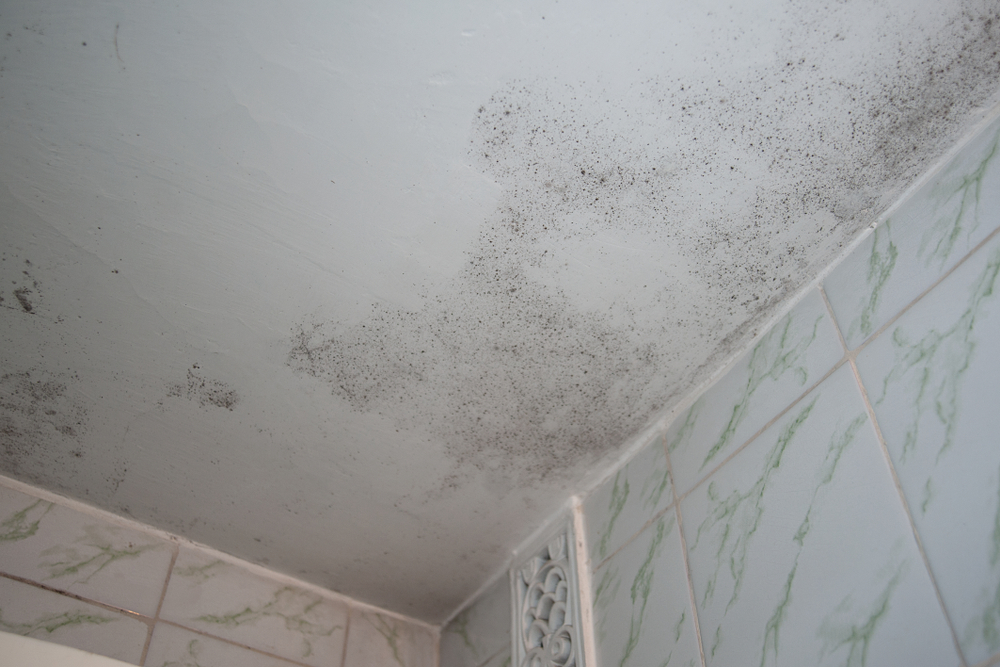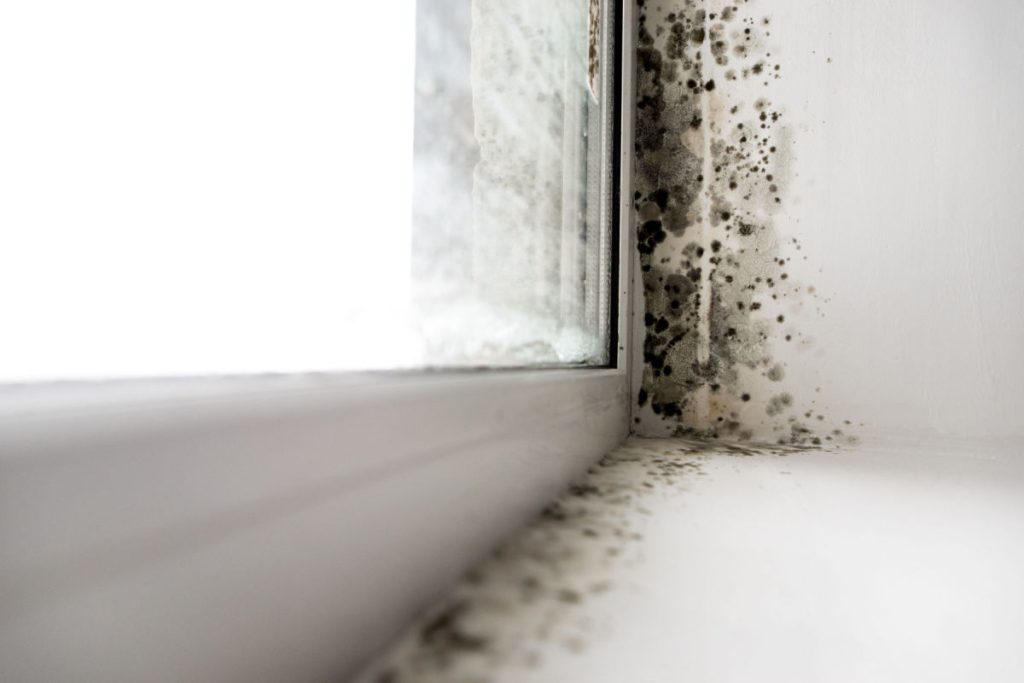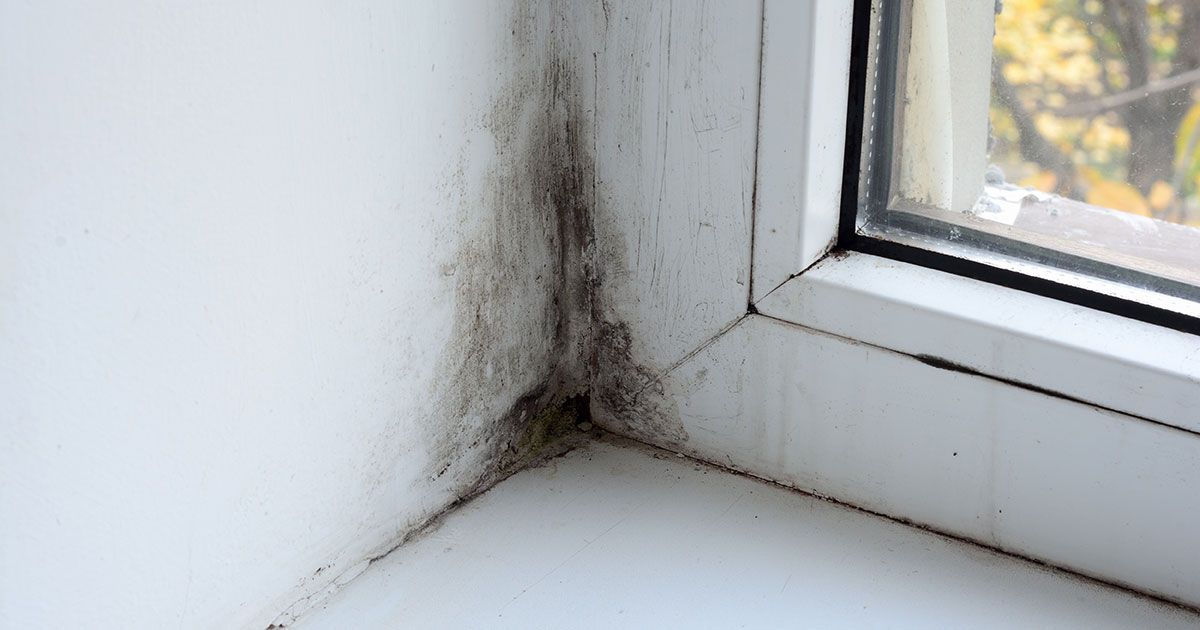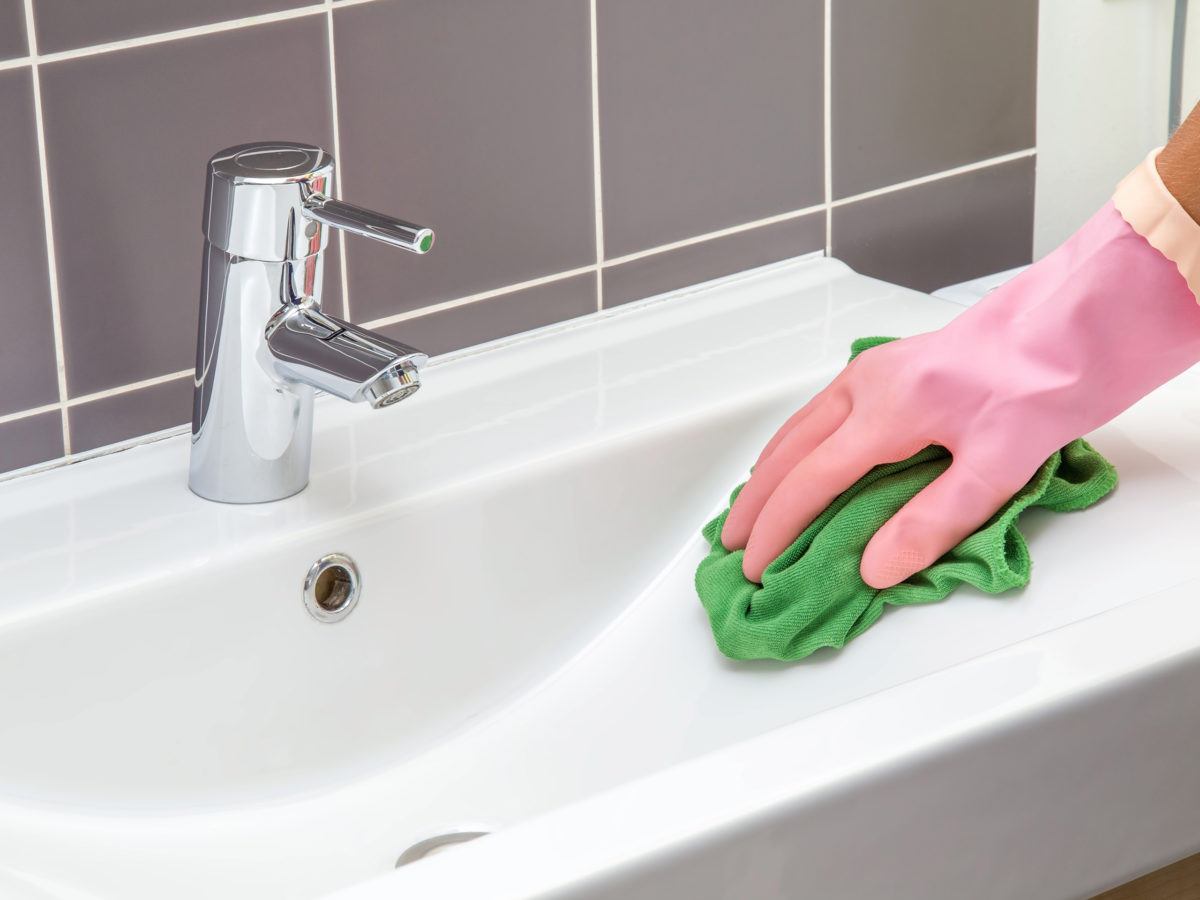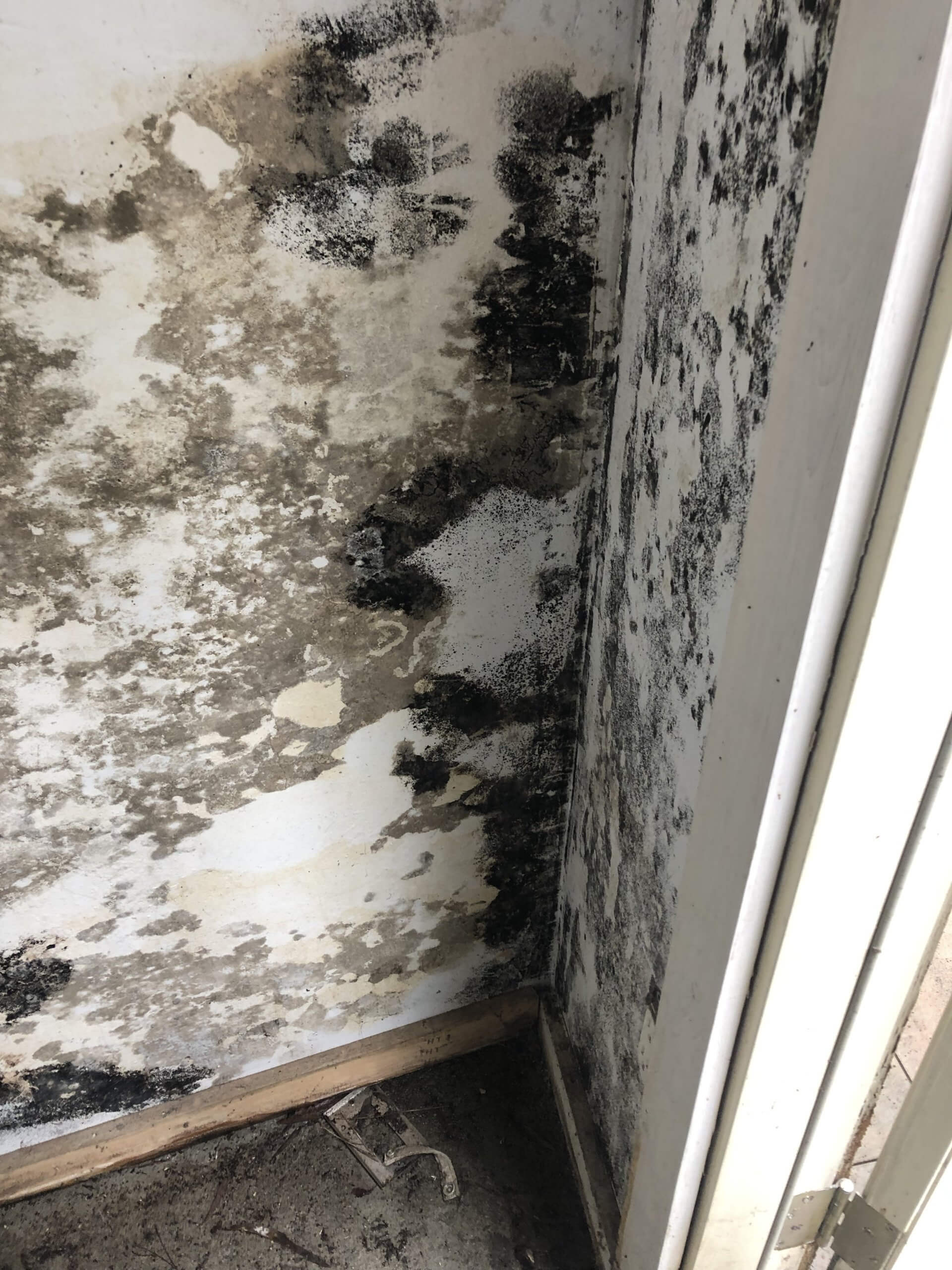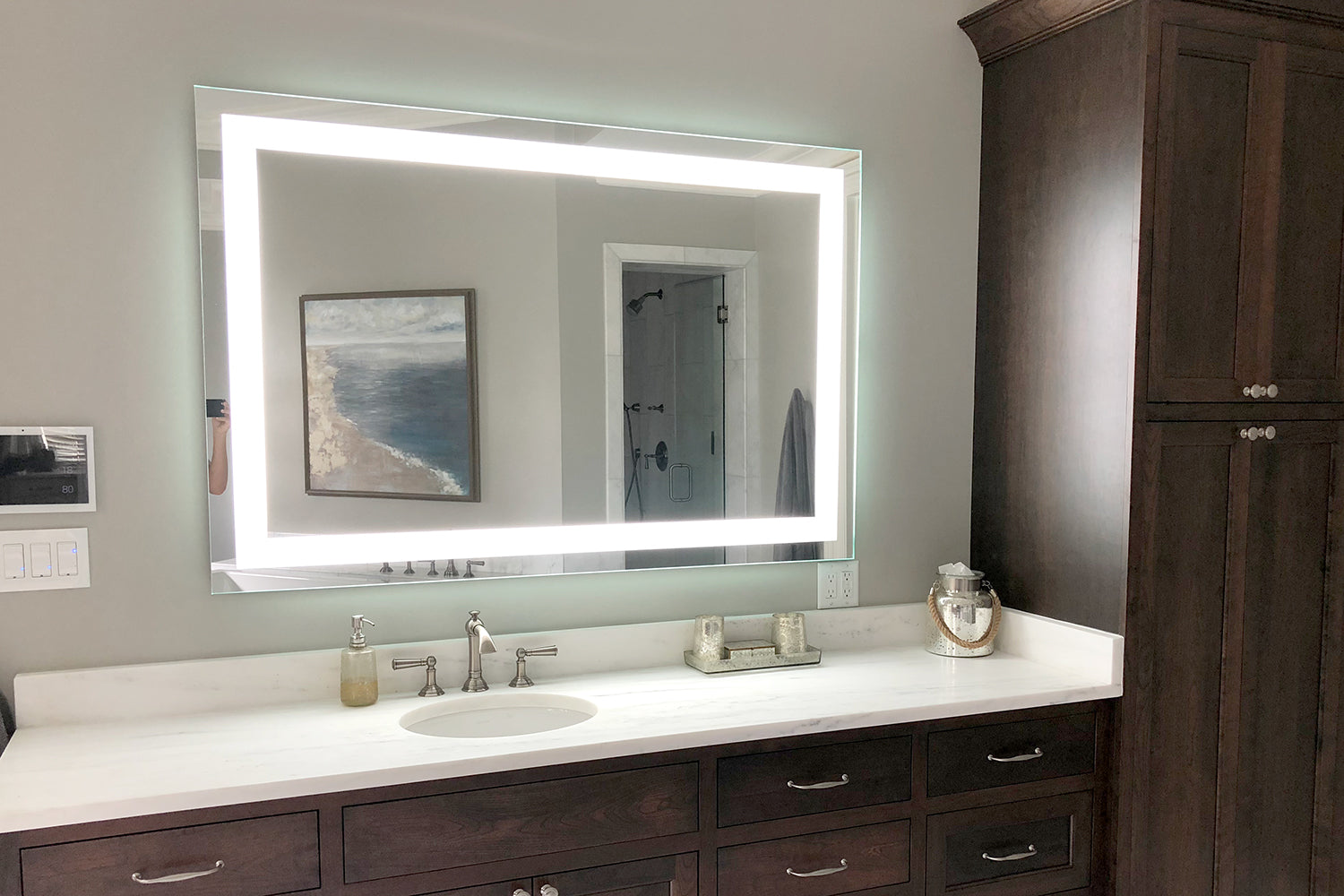If you've noticed a dark, slimy substance growing in your bathroom sink, chances are it's black mold. This type of mold is not only unsightly, but it can also pose serious health risks if left untreated. In this article, we'll cover everything you need to know about black mold in bathroom sinks, including how to remove it, prevent it, and when to call in a professional.Black Mold in Bathroom Sink: What You Need to Know
Before you can effectively remove black mold from your bathroom sink, you need to identify the source of the problem. In most cases, black mold thrives in damp, dark environments, making your bathroom sink the perfect breeding ground. To remove the mold, start by mixing equal parts water and vinegar in a spray bottle. Spray the affected area and let it sit for a few minutes before scrubbing with a brush. Rinse with water and dry thoroughly. For tougher mold, you can use a commercial mold remover, but be sure to follow the instructions carefully and wear protective gear.How to Remove Black Mold from Your Bathroom Sink
The best way to deal with black mold is to prevent it from growing in the first place. Regularly cleaning and drying your bathroom sink can help prevent moisture buildup, which is a breeding ground for mold. You can also invest in a dehumidifier to reduce the humidity in your bathroom. Additionally, make sure to fix any leaks or plumbing issues that may be causing excess moisture.Preventing Black Mold Growth in Your Bathroom Sink
Black mold can be easily identified by its dark, slimy appearance. It may also have a musty odor. If you notice any of these signs in your bathroom sink, it's important to take action right away to prevent the mold from spreading and causing further damage.Signs of Black Mold in Your Bathroom Sink
Exposure to black mold can have serious health consequences, especially for those with allergies or respiratory issues. Breathing in mold spores can lead to symptoms such as coughing, sneezing, and wheezing. Prolonged exposure can also lead to more severe health issues, so it's important to address any black mold growth in your bathroom sink as soon as possible.Health Risks of Black Mold in Your Bathroom Sink
If you're dealing with a small area of black mold, you may be able to remove it yourself using DIY remedies. In addition to the vinegar solution mentioned earlier, you can also try using hydrogen peroxide or baking soda to scrub away the mold. Just be sure to wear protective gear and properly ventilate the area while using these solutions.DIY Remedies for Black Mold in Your Bathroom Sink
If you're dealing with a larger or more severe case of black mold in your bathroom sink, it's best to call in a professional mold removal service. They have the necessary equipment and expertise to safely remove the mold and prevent it from coming back. This is especially important if you or anyone in your household has allergies or respiratory issues.Professional Mold Removal for Your Bathroom Sink
As mentioned earlier, black mold grows in damp, dark environments. In addition to poor ventilation and plumbing leaks, other common causes of black mold in bathroom sinks include outdated or damaged caulk, cracked pipes, and water seepage from surrounding areas. Regularly checking for and addressing these issues can help prevent black mold growth in your bathroom sink.Common Causes of Black Mold in Bathroom Sinks
Regular cleaning and maintenance are key to preventing black mold in your bathroom sink. After using the sink, be sure to wipe it dry with a clean cloth. You should also regularly clean the sink with a disinfectant to remove any bacteria or mold spores that may be present. Additionally, regularly inspecting and repairing any plumbing issues can also help prevent mold growth.How to Clean and Maintain Your Bathroom Sink to Prevent Black Mold
If you notice a large amount of black mold in your bathroom sink, or if you suspect there may be mold growing behind the sink or in the walls, it's best to call a professional mold removal service. They have the tools and expertise to safely and effectively remove the mold and prevent it from spreading. In conclusion, black mold in bathroom sinks is a common issue that should not be ignored. By knowing how to identify, remove, and prevent it, you can keep your bathroom sink clean and safe for you and your family. Don't hesitate to call a professional if you're dealing with a severe case of black mold. Taking action now can prevent further damage and protect your health in the long run.Black Mold in Bathroom Sink: When to Call a Professional
The Dangers of Black Mold in Bathroom Sinks
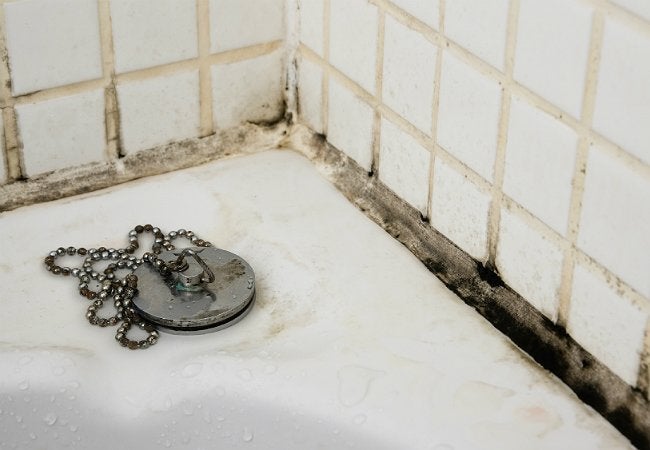
What is Black Mold?
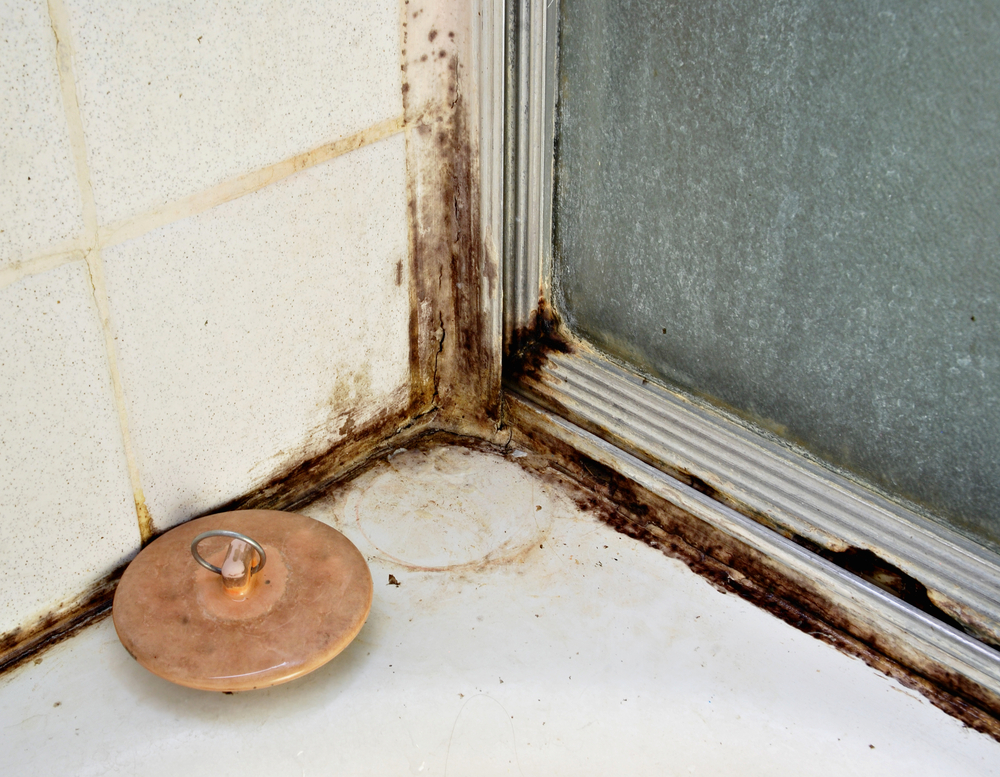 Black mold, also known as Stachybotrys chartarum, is a type of fungi that is commonly found in damp and humid environments. It is typically black or dark green in color and has a musty odor. This type of mold can grow on any organic material, including wood, drywall, and even in bathroom sinks.
Black mold, also known as Stachybotrys chartarum, is a type of fungi that is commonly found in damp and humid environments. It is typically black or dark green in color and has a musty odor. This type of mold can grow on any organic material, including wood, drywall, and even in bathroom sinks.
How Does Black Mold Grow in Bathroom Sinks?
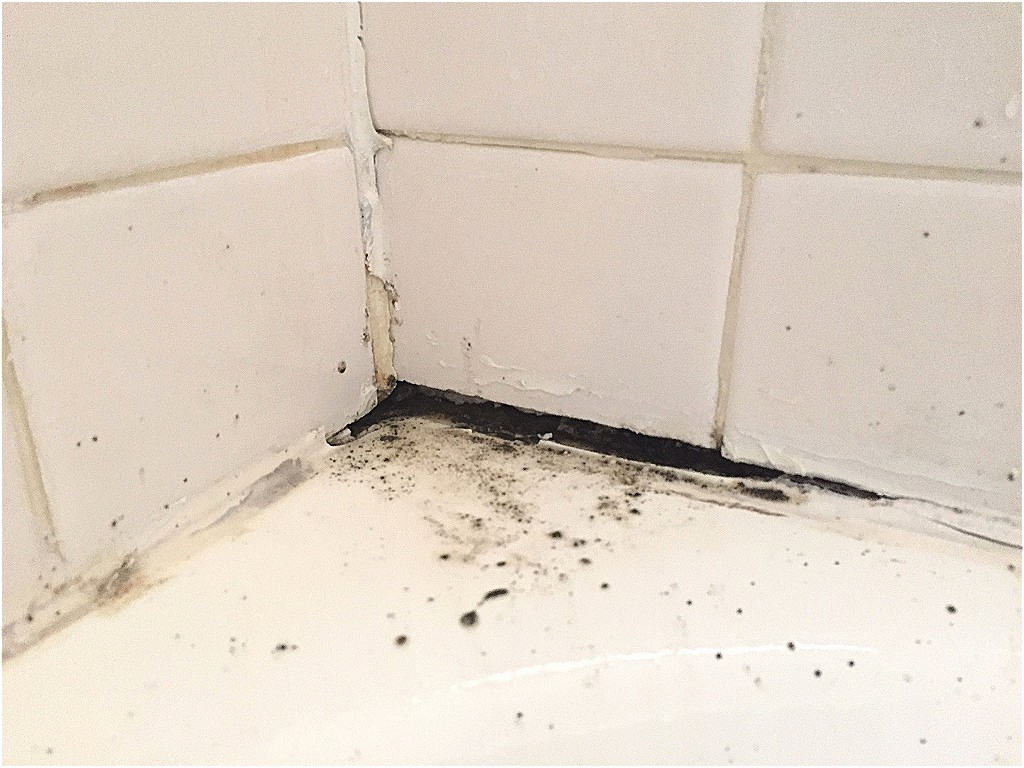 Bathrooms, especially those with poor ventilation, are a breeding ground for black mold. The constant moisture from sinks, showers, and toilets creates the perfect environment for mold to thrive. When water splashes onto the sink's surface, it can seep into the grout, caulk, and other crevices, providing the ideal dampness for mold to grow. If left untreated, black mold can quickly spread and cause structural damage to your bathroom.
Bathrooms, especially those with poor ventilation, are a breeding ground for black mold. The constant moisture from sinks, showers, and toilets creates the perfect environment for mold to thrive. When water splashes onto the sink's surface, it can seep into the grout, caulk, and other crevices, providing the ideal dampness for mold to grow. If left untreated, black mold can quickly spread and cause structural damage to your bathroom.
The Dangers of Black Mold in Bathroom Sinks
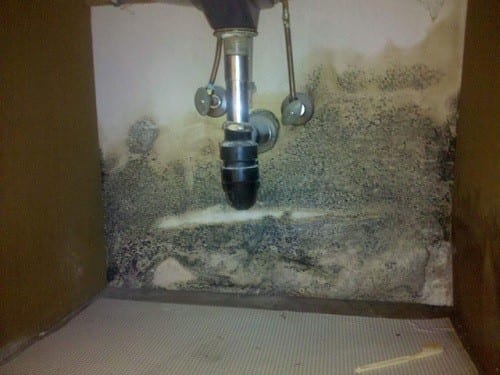 Black mold in bathroom sinks is not just unsightly, it can also pose serious health risks. This type of mold produces allergens, irritants, and in some cases, toxic substances that can be harmful to your respiratory system. Common symptoms of mold exposure include coughing, sneezing, itchy eyes, and difficulty breathing. Prolonged exposure to black mold can also lead to more severe health issues, such as asthma, lung infections, and even neurological problems.
Black mold in bathroom sinks is not just unsightly, it can also pose serious health risks. This type of mold produces allergens, irritants, and in some cases, toxic substances that can be harmful to your respiratory system. Common symptoms of mold exposure include coughing, sneezing, itchy eyes, and difficulty breathing. Prolonged exposure to black mold can also lead to more severe health issues, such as asthma, lung infections, and even neurological problems.
How to Get Rid of Black Mold in Bathroom Sinks
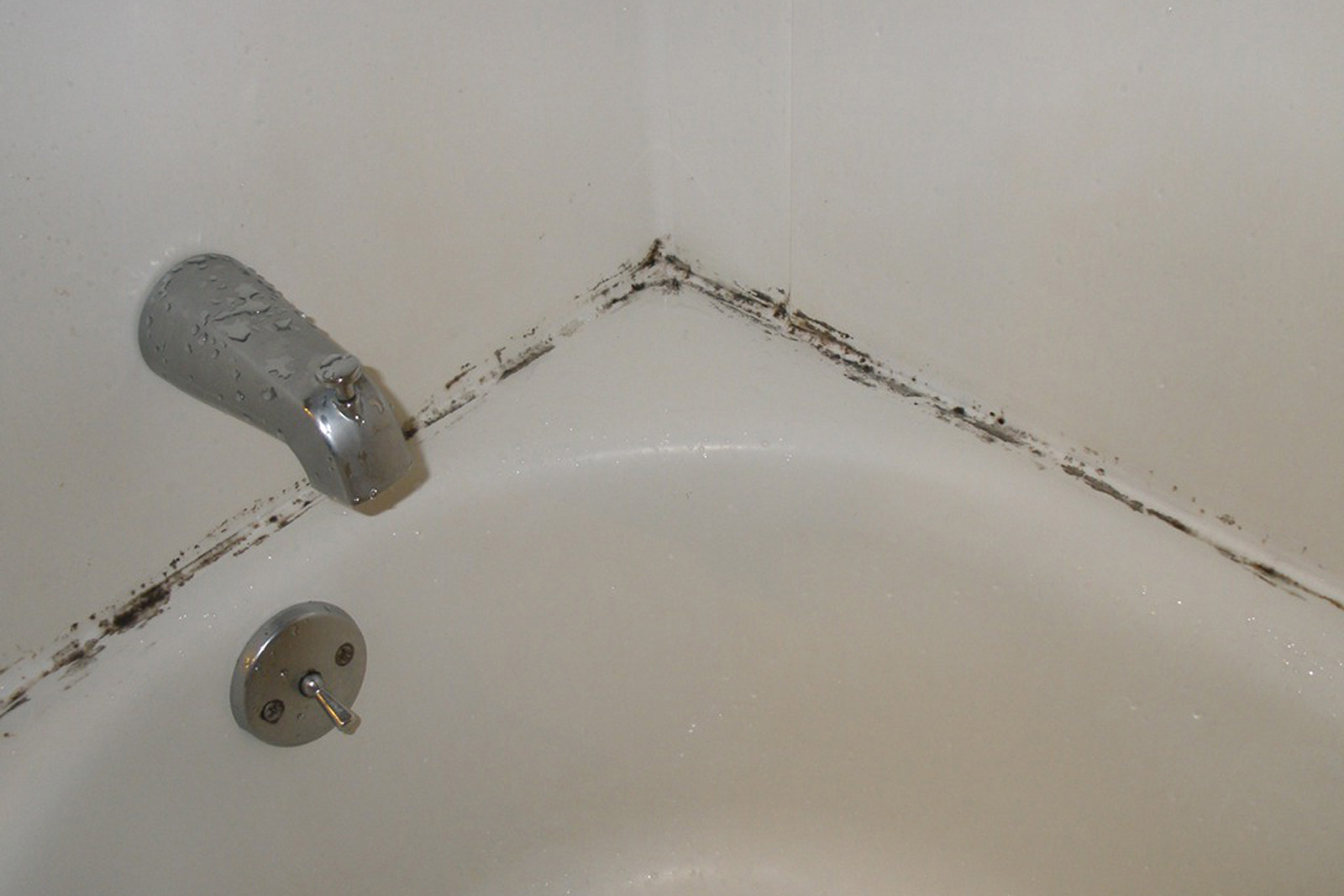 The key to preventing and getting rid of black mold in bathroom sinks is to keep the area clean and dry. Regularly scrub your sink and its surrounding surfaces with a mixture of water and mild detergent. Make sure to thoroughly dry the area afterwards. If you notice any signs of mold, use a mixture of water and vinegar or hydrogen peroxide to kill and remove it. Be sure to wear protective gear, such as gloves and a mask, when handling mold.
The key to preventing and getting rid of black mold in bathroom sinks is to keep the area clean and dry. Regularly scrub your sink and its surrounding surfaces with a mixture of water and mild detergent. Make sure to thoroughly dry the area afterwards. If you notice any signs of mold, use a mixture of water and vinegar or hydrogen peroxide to kill and remove it. Be sure to wear protective gear, such as gloves and a mask, when handling mold.
Conclusion
 Black mold in bathroom sinks is a common issue that can have serious consequences if left untreated. By taking preventative measures and keeping your bathroom clean and dry, you can avoid the growth of black mold. If you do discover mold in your bathroom sink, be sure to take the necessary steps to remove it immediately to protect both your health and the structural integrity of your home.
Black mold in bathroom sinks is a common issue that can have serious consequences if left untreated. By taking preventative measures and keeping your bathroom clean and dry, you can avoid the growth of black mold. If you do discover mold in your bathroom sink, be sure to take the necessary steps to remove it immediately to protect both your health and the structural integrity of your home.



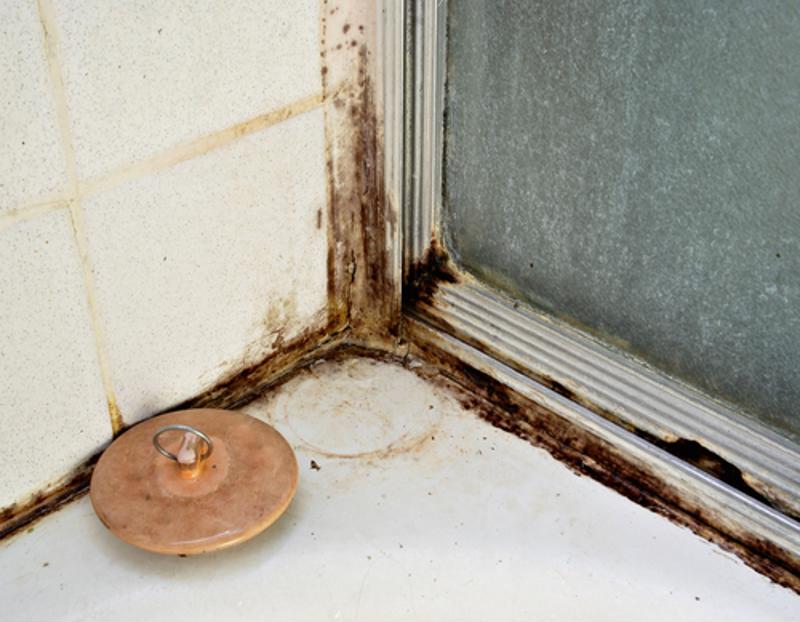


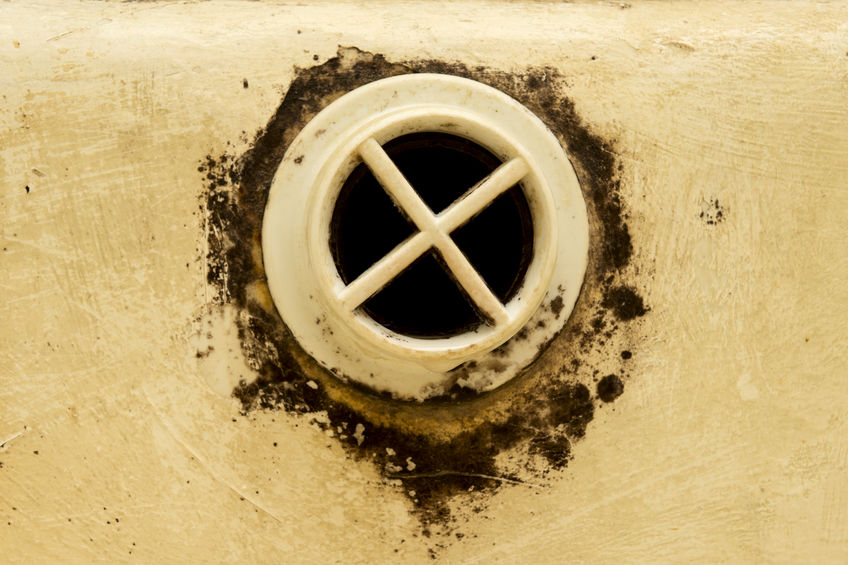
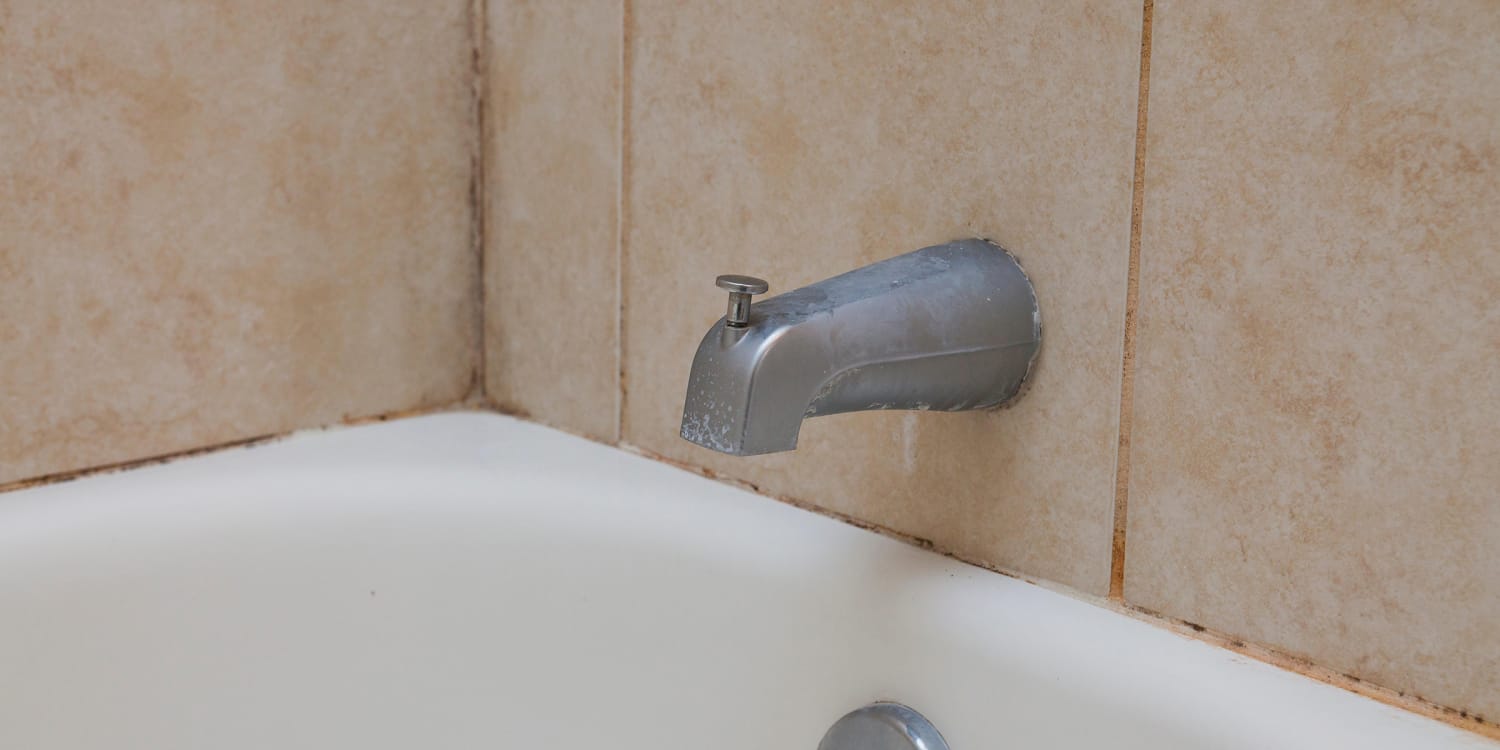





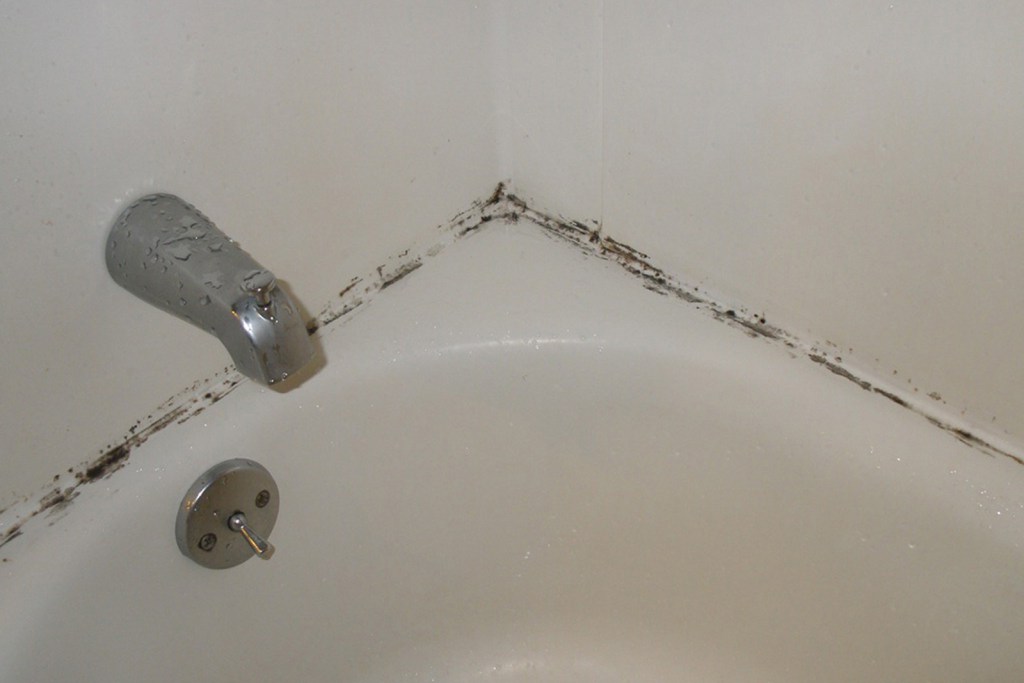
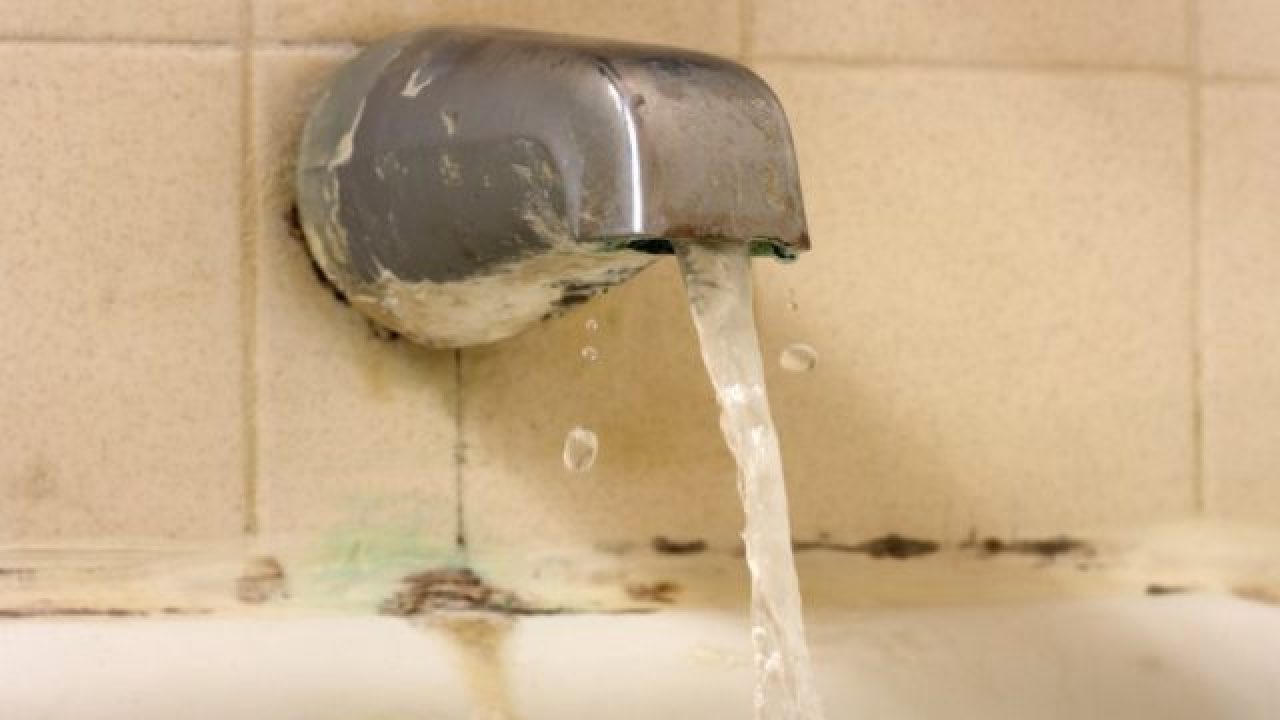






:max_bytes(150000):strip_icc()/identifying-mold-vs-mildew-4799138-final-4266e4b3d84c4401a7c1d8b6835dcc97.png)
